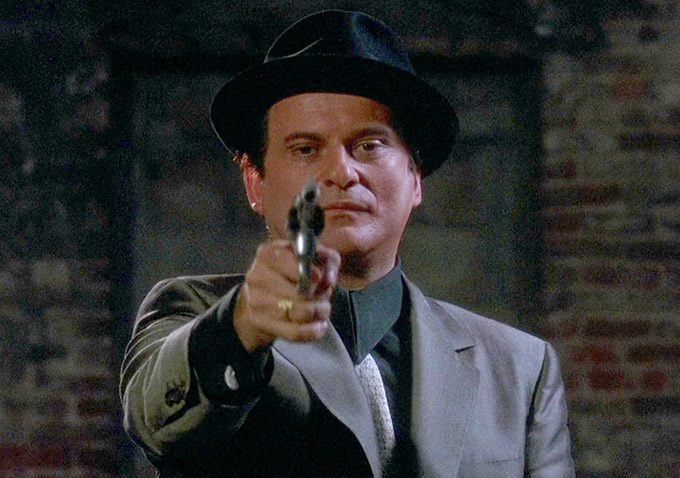The silent film era is one of the richest and most interesting periods in the history of motion pictures, though it’s also an era we don’t know as much about as, say, the "golden era" of the 1970s. Yet it’s hard to escape the influence of this age — after all, many hardened cinephiles consider the filmography of directors like Charlie Chaplin and George Melies to be required viewing for anyone who takes cinema seriously as an art form. It was Melies, after all, who gave audiences “A Trip to the Moon,” whose iconographic image of the man in the moon appears in Martin Scorsese’s “Hugo,” and also in this new video essay, which takes a look at the ways in which the silent era was impactful for more contemporary filmmakers.
READ MORE: 12-Minute Video Essay Breaks Down The Art Of Movie Editing
In many cases, it’s easy to play "spot the influence" — I had forgotten, for a moment, that Brian De Palma cribbed his now-classic baby-rolling-down-the-stairs moment from “The Untouchables” from Sergei Eisenstein‘s “Battleship Potemkin,” for instance. It’s also fun to see Francis Ford Coppola’s overt homage to “Nosferatu” in a particularly fevered sequence of his “Dracula” movie, and I guess if there’s anyone who could feasibly pull off Chaplin’s now-classic sequence in “The Gold Rush,” where the Tramp conducts a dance number with forks and potatoes, it’s early 1990s Johnny Depp. You’ll definitely leave with an appreciation for the sense of craft on display in these classic films — and maybe even an inclination to hunt some of them down and watch them.
Check out the video below, courtesy of 2-Minute Film School.






Queen Christina was never silent. Who ever made this needs to do better homework.